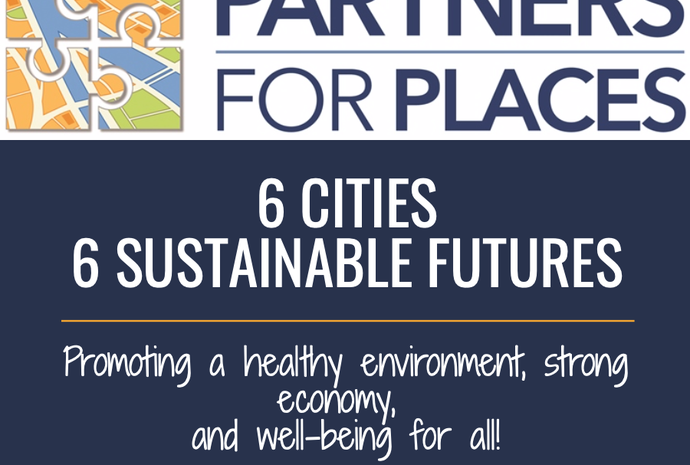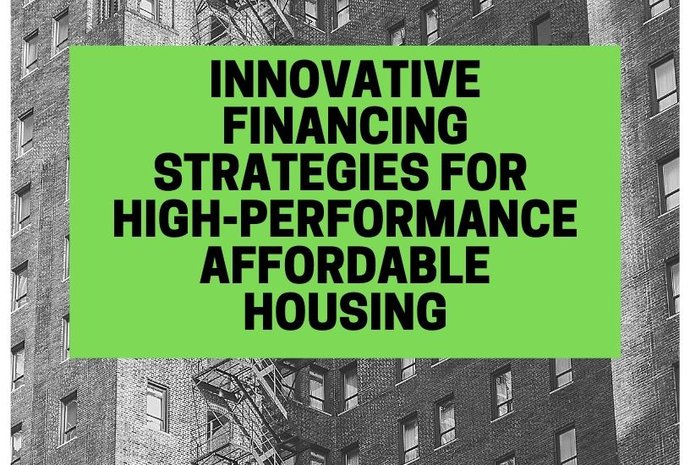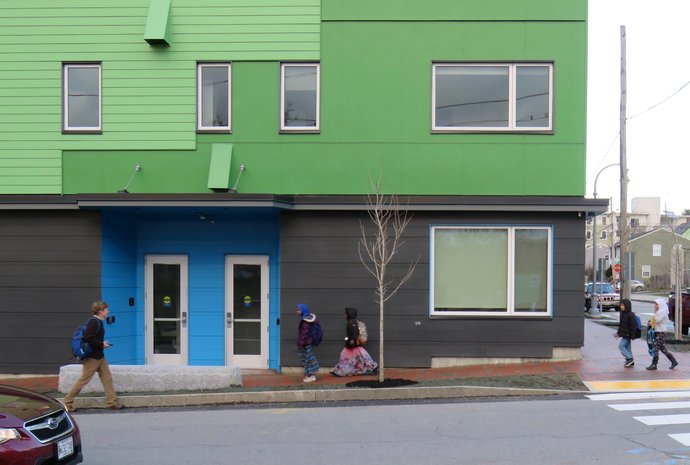Resilience in Affordable Housing Forum

Thank you to the 200+ community members who joined us for a conversation on climate and social resilience in Massachusetts' affordable housing portfolio.
We heard from national and local resiliency experts and multifamily affordable housing developers about how they are preparing buildings and communities for extreme weather events, sea level rise, power outages, and other climate change-related disasters. We also discusssed how we can collectively plan for and implement building improvements and emergency management systems that ensure safer, healthy, and affordable homes for all.
Speakers included:
- Alison Brizius, City of Boston
- Lauren Baumann, New Ecology, Inc.
- Jane Carbone, Homeowner’s Rehab, Inc.
- Dave Queeley, Codman Square Neighborhood Development Corporation
- Laurie Schoeman, Enterprise Community Partners
- Caroline Vary, Jonathan Rose Companies
Sponsored by:
LISC Boston and MassHousing
Cosponsored by:
APA MA Chapter, CHAPA, Enterprise, MassCEC, MA Climate Action Network, MHP, Mel King Institute, MAPC, NEAHMA, Passive House MA, and USGBC MA.
Please see below for speaker presentations and an event recap.
Learn more about LISC Boston's Green Retrofit Initiative including any current grant opportunities here or contact ejones@lisc.org.





Four Ways to Make Housing Climate-Ready
1. Every $1 invested in disaster mitigation infrastructure saves at least $4.*
Laurie Schoeman of Enterprise kicked off the forum by underscoring the ways climate-change disasters have ravaged communities across the nation, with disproportionate impacts falling on historically disinvested communities.
Stressing the importance of one’s home as a foundation or “basecamp” for well-being, Schoeman offered Enterprise’s Ready to Respond Tools for Resilience as a resource to help affordable housing organizations make their buildings resilient, prepare staff to handle emergencies, and ensure residents remain safe.
Panelists noted the importance of having resilience-related financing available when building investments are already occurring – for instance, at new construction or at time of refinancing/rehab. Schoeman and others stressed that by leveraging diverse funding streams such as utility incentives, or weatherization, Community Reinvestment Act, and health funds, builders could strengthen the resilience of housing while simultaneously creating jobs and improving health outcomes.

Devastation from recent California forest fires. Photo courtesy of Laurie Schoeman, Enterprise
Community Partners.
2. Plan mitigation and resilience solutions with communities and diverse partners.
Schoeman emphasized that community members often have deep understanding of site conditions and that they should be key consultants when developing major rehab and planning efforts.
Similarly, David Queeley of Codman Square Neighborhood Development Corporation (CSNDC) highlighted the importance of resident participation in creating and supporting community, as well as the need to engage diverse organizations to drive resilience-related resources, technical assistance, and collective impact. He shared his organization’s work to support local residents in green infrastructure training programs that can result in attractive job opportunities as an example.
Homeowner’s Rehab, Inc.’s (HRI) Jane Carbone shared the work they have done in partnership with property management company Winn Residential to develop an emergency action plan focused on minimizing the impact of climate-related events on its residents and physical structures.

David Queeley speaking at the Resilience Forum on the importance of full resident participation in community and resilience building. Photo Credit: Hana Migliorato, MassHousing.
3. Elevate equipment against flooding, mitigate overheating, and develop community resilience spaces with backup power.
HRI’s Carbone shared her organization's leading work to develop Concord Highlands, a 98-unit new development being built to the highly efficient and durable Passive House standard. The development will meet the City of Cambridge’s Climate Change Vulnerability Assessment and Climate Preparedness Plan recommendations for all new residential units and other critical buildings which are to be located above the 2070 design flood elevations.
For example, to mitigate heat island effects, it utilizes porous pavement and incorporates window shading elements. David Queeley’s team has also invested in green infrastructure across their Eco-Innovation District by increasing tree cover to improve air quality and to keep residents cool during hotter summers among other interventions.
Both HRI and Jonathan Rose Companies are also integrating into their developments community centers built to (or nearly to) the Passive House standard. These public spaces support community gatherings and provide emergency lighting, cooling, and charging centers in a time of emergency. Passive House buildings have resiliency dividends themselves: both in extreme heat and cold weather events without power, Passive House buildings can sustain comfortable indoor air temperatures for longer periods than can code-compliant buildings.**

By 2030, the number of days above 90 degrees could triple in Cambridge, MA and similar urban areas statewide. HRI, CSNDC, and other organizations are working to combat urban heat island effect by adding additional permeable, lighter surfaces and more tree canopy cover. Slide credit: Jane Carbone, Homeowner’s Rehab, Inc.
4. Coordinate resiliency efforts and address the underlying causes of climate change.
Following speaker presentations, Lauren Baumann of New Ecology moderated a lively discussion centered on ensuring a coordinated focus on physical and social resilience interventions from the property itself to the neighborhood, municipal, and regional levels.
The City of Boston’s Alison Brizius provided an overview of several of the City’s relevant initiatives. One of those initiatives is the Boston Planning & Development Agency’s Climate Resiliency Checklist which ensures all major building projects are planned, constructed, and managed to minimize adverse environmental impacts, and are resilient to climate change.
Brizius emphasized that none of the City’s solutions will stand the test of time unless we address the root causes of climate change and reduce our emissions. In this vein, the City’s Energy Positive Green Building Program is moving toward Net Zero Carbon/Ready Design Guidelines for affordable housing design and development.

The City of Boston’s vision for a resilient future involves layering solutions including protected shores, resilient infrastructure, adapted buildings, and prepared and connected communities. Slide Credit: Alison Brizius, City of Boston.
* Pew Trust’s Every $1 Invested in Disaster Mitigation Saves $6 (January 2018): https://www.pewtrusts.org/en/research-and-analysis/articles/2018/01/11/every-$1-invested-in-disaster-mitigation-saves-$6
** Urban Green Council’s Baby It’s Cold Inside (January 2014): https://issuu.com/urbangreen/docs/baby_it_s_cold_inside
A special thanks to the Federal Reserve Bank of Boston who graciously hosted us and provided breakfast and refreshments for the event.
We look forward to continuing to share and support promising resiliency-related practices, resources, and policies for Massachusetts’ affordable housing field.


